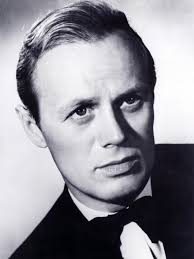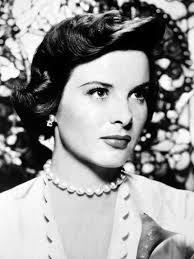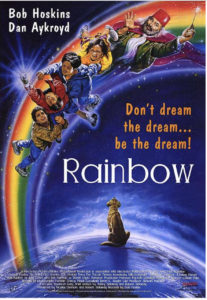Pick Up on South Street is a classic crime film. The plot is centered around a pickpocket named Skip who unknowingly stole important films from a woman’s purse on the subway. He believed he was just doing his typical pickpocket routine and was unaware that the films he stole contained scientific information meant to be given to Communists working against the United States. The woman he stole from was under surveillance by a couple of detectives as they were trying to catch whoever she was supposed to deliver the films to.
Each character portrayed in the film was either a criminal, helping a criminal, or was law enforcement. The woman with the films, Candy, didn’t know what she was delivering. However, her old boyfriend Joey was aware of the information and was having her deliver it to try and keep himself out of hot water. Candy didn’t know that Joey was working with communists.
In the film, Candy is clearly the protagonist. The entire plot line is centered around her actions to find the films and get them back. Once she finds them it turns into her dealing with the consequences of interacting with dangerous people as well as doing illegal activities. Skip is the antagonist as he thwarts Candy’s attempts to either find the films or buy them back from him. 

The narrative of the story is done in chronological order from when the films are taken to when they are returned to the police. It first shows Candy in the subway when she has her wallet stolen from her purse by Skip. Then it goes on to introduce the detectives that were following her and shows them bring in another character, Mo, to help them find the possible pickpocket. Once the storyline gets rolling it switches back and forth between interactions with the cops and Skip, Candy telling Joey about the lost films, Candy finding Mo and then finding Skip, and eventually it all rounds back up to the detectives and finding the films. The story is told in this way to keep the audience engaged with what’s going on. It also helps everything flow smoothly and make sense.
The actors and actresses in the film did a great job playing their characters. Candy and Skip, the protagonist and antagonist, seem to have an attraction to one another but they have different motivations behind the films. Once Candy learned what was on the films she was horrified to know that she almost helped communists with an attack against her country. She was a very empathetic character. Skip, however, was more concerned with the money aspect of the arrangement. He knew everything had a price and since the films were very valuable to someone he knew he could raise the price tremendously. He didn’t seem to care much at all what he was selling, just that he benefited financially from it.
The actors chosen for the cast were somewhat well known. Elizabeth Jean Peters, the woman that played Candy, had participated in A handful of films like Captain from Castile, It Happens Every Spring, and Deep Waters by the time she was cast for Pick Up on South Street. Richard Widmark had also participated in a few movies before playing the part of Skip. He seems to have played in movies that were also dramas or action type movies. The importance of using the actors that they chose is that they know the actor will play the part really well. Also, if the star is up and coming a studio probably saw them as a good investment opportunity for building fan bases in the future.


